For a brand to stick, it has to start internally. When people understand the purpose behind the message, they share it naturally. That requires clarity, simple tools, and recognition. It does not need to be complex, just consistent.
But you already knew that. For this article, I’ll move away from the classic buy-in techniques you can find on ChatGPT or other well-written blog posts, and focus on the real, tangible challenges I’ve met in several companies I’ve worked for.
Creating a genuine brand: Notes on tone
The brand is the obvious: the logo, the tagline (if any), the colors, the look and feel. But the brand is also the story, the hooks, the messaging, the positioning, the tone. I’ll use this opportunity to highlight that not every software needs to be ‘human’, ‘conversational’, and ‘relatable’.
But brand is also the narrative, the language universe, and the impression people have of the company, not only customers.
While AI is my favorite tool, I have a few non-negotiables. For example, when writing in English, I try to use the kind of words a non-native speaker would use.
It’s pointless to be eloquent and precise if someone from, say, Portugal, has to read it twice to understand it. A global brand speaks to the world, so aim for B2-level language at most. That doesn’t mean ignoring nuance, but you can’t rely on it to carry your message.
Another one is tone. Emojis, jokes, and punctuation like the em dash have very specific audiences. For a joke to land, it has to be very niche, and the people writing them are rarely the target.
Emojis are a clear tell of a millennial behind the keyboard (guilty!). And I know you couldn’t place an em dash to save your life. A well-used one screams ChatGPT. I’m sure we’ll spot more of these signals as time goes on, but after using LLMs daily, I’ve gotten pretty good at spotting the tells.
Leave the (visual) brand police to the marketing team. Advocating for a genuine tone and a truly human-driven narrative will not only drive instant value to the company and your role but will also create a cleaner internet for us all, where we do not have AIs talking to each other and refining our every thought.
Today, Hubspot is a success story. But I don’t envy the team that had to convince everyone internally that publishing high-value posts and giving away free content was the right move.
At the time, most companies hoarded knowledge, and doing the opposite felt like a threat to the consulting model. But that fear didn’t hold. Companies now need more consulting hours than ever.
The global software consulting market grew from $258.15 billion in 2024 to $277.42 billion in 2025, with a compound annual growth rate of 7.5 percent. It’s expected to reach $436.9 billion by 2029, driven by trends like cybersecurity consulting, remote work solutions, and SaaS models.
Case study: Creating a language universe and make it stick
I work in the IT industry. And if you, like I used to, think that means developers and code, that’s not it. IT teams are the ones who set up the technical infrastructure for employees, not customers.
They set up new laptops, force us to reboot our computers even though we swear we already did, and reply to our tickets when we enter the wrong password 800 times. On top of that, they’re often responsible for passing audits like ISO 27001.
The IT industry is still quite green. Many companies are competing in the space, but each has approached the problem from a different angle: employee experience, ticketing systems, asset management, asset monitoring, license management, and many more.
Now, all those tools are starting to converge into a single category. Even giants like Salesforce are entering the market. What used to be a quiet industry, where people stayed in the same role for 10 or 20 years, is now being chased by sales teams.
The narratives are very technical because companies that tried to sound business-oriented were seen as not knowing their craft. Turns out, IT teams hate being sold to as much as the next person. So, how do we apply the playbook that has worked in every other industry? In my opinion, through thought leadership and training.
The company that creates the playbook, pretty much like Hubspot did when they created the inbound playbook for marketers with the sales funnel (and now the sales cycle), is going to win.
So now we have a company that has been selling successfully in a technical way for 15 years, and here comes product marketing saying we need to sound more business-friendly. Who’s in?
I know you can hear the crickets too.
The challenge now has two parts. First, how do we get the technical teams to buy into the idea that we need a more sophisticated business messaging?
One that helps us build a solid playbook, showing customers what the best IT processes look like instead of just helping them repeat their own. If it didn’t work across a thousand spreadsheets, a software won’t fix it either.
And second, how do we make that message feel less complex in how we deliver it? Not full of acronyms and explanations on what things “just do,” but clear on what they’re for and how they actually help in real use cases.
It has to sound like a conversation between a manager and their team, not a caricature character from a 2000s rom-com speaking in code jargon.
Has the brand changed? Yes. But it’s not tangible. It’s not a logo change or a new tagline, there’s no new banner for LinkedIn or a new hex code to implement in newsletters from now on.
It’s that we all have to not only learn, but create a new language entirely. And as product marketers, we are tasked with teaching that language as we make it up. Just like my German teacher told me once, there is no better way to learn than to listen to the same thing 20 times.
Step-by-step guide
Step one: Define the core message
Step one is to define the core message. You need a mantra. Not a full framework, just a few truths you can repeat until people start saying them back. Ask yourself: How would a customer say this? Who needs it? Why? What happens if they don’t fix it?
Step two: Share it with everyone
Step two is to share it with everyone, everywhere, all the time, because clarity takes time, and confusion spreads fast. If we want teams to repeat what matters, we need to build the belief system behind the message.
That means putting users at the center, not features. It means talking to customers often and using their words, not ours. It means proving ideas with examples, not explanations. A customer’s logo, a quote, or a case study can say more than a paragraph ever will.
And it means creating one single source of truth. Not one place for competitive info, another for positioning, and a third for everything else. Alignment starts when people know where to look and what to trust.
Step three: Make it stick
Step three is to make it stick. So, how do you do that? Keep it short. One sentence, one goal. You don’t need to explain everything in the copy. The best copy is a hook. It sparks thinking, it doesn’t wrap it up. Use images to signal meaning.
Use simple words that anyone can understand, ideally at a B2 English level. And please, no LLM copy. People can tell. Especially internally. If it doesn’t sound like us, it won’t land. Do not compromise on this.
To get this across, I use a few manual but effective channels:
- Monthly sync with every team. They ask questions, we ask questions. A fixed time for both.
- Weekly newsletter with competitive intel. If they read one thing, make it this. It needs to be good.
- Centralized info. Right now, on Klue, and soon on Slack through an integration.
- Slack messages that build the habit. Things like: “Hey team, remember what we talked about the other day? Here’s another piece of that same puzzle.”
Step four: Reward the early adopters
Step four is to reward the early adopters. Every team has someone who gets it first. Make sure they feel seen. Public recognition works. It encourages others to follow and builds momentum without forcing it. You can’t be in every room; create internal advocates who help carry it forward. That’s how alignment spreads.
Convert a geek to business, save the world
We ran the webinars, held internal office hours, synced with different teams, re-did trainings, updated the collateral (use the Library, people, do not download files on your computer), defended our much shorter, single-goal copy, fought the design team not to use a print screen on every opportunity, and showed up to every meeting with numbers, industry insights, competitive newsletters, and customer quotes.
We pushed. We reminded. We repeated. We did everything we could to influence teams.
Until one day, someone said something in a meeting, and another person cut in to say, “I can’t believe it, I’m gonna sound like the product marketing team, but you’re still talking about something technical, when we should focus on the user.”
And that day, the bells of heaven rang, a tear streamed down my cheek, and I booked a three-week vacation all at once. We made it to product marketing’s invisible hall of fame. We converted a tech geek into a business geek. We got one step closer to internal buy-in.





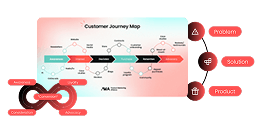


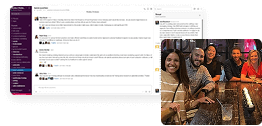

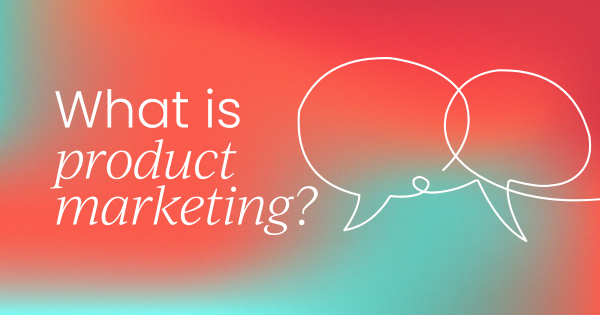
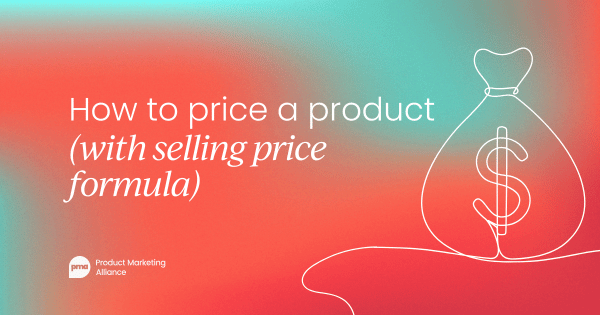
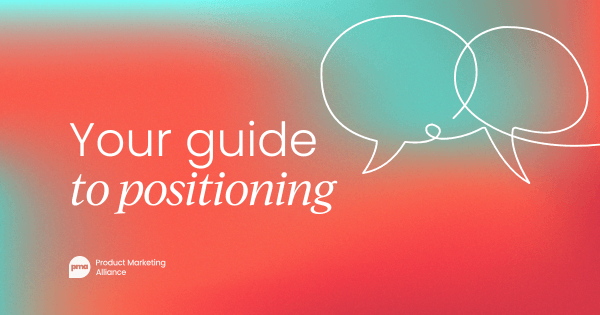
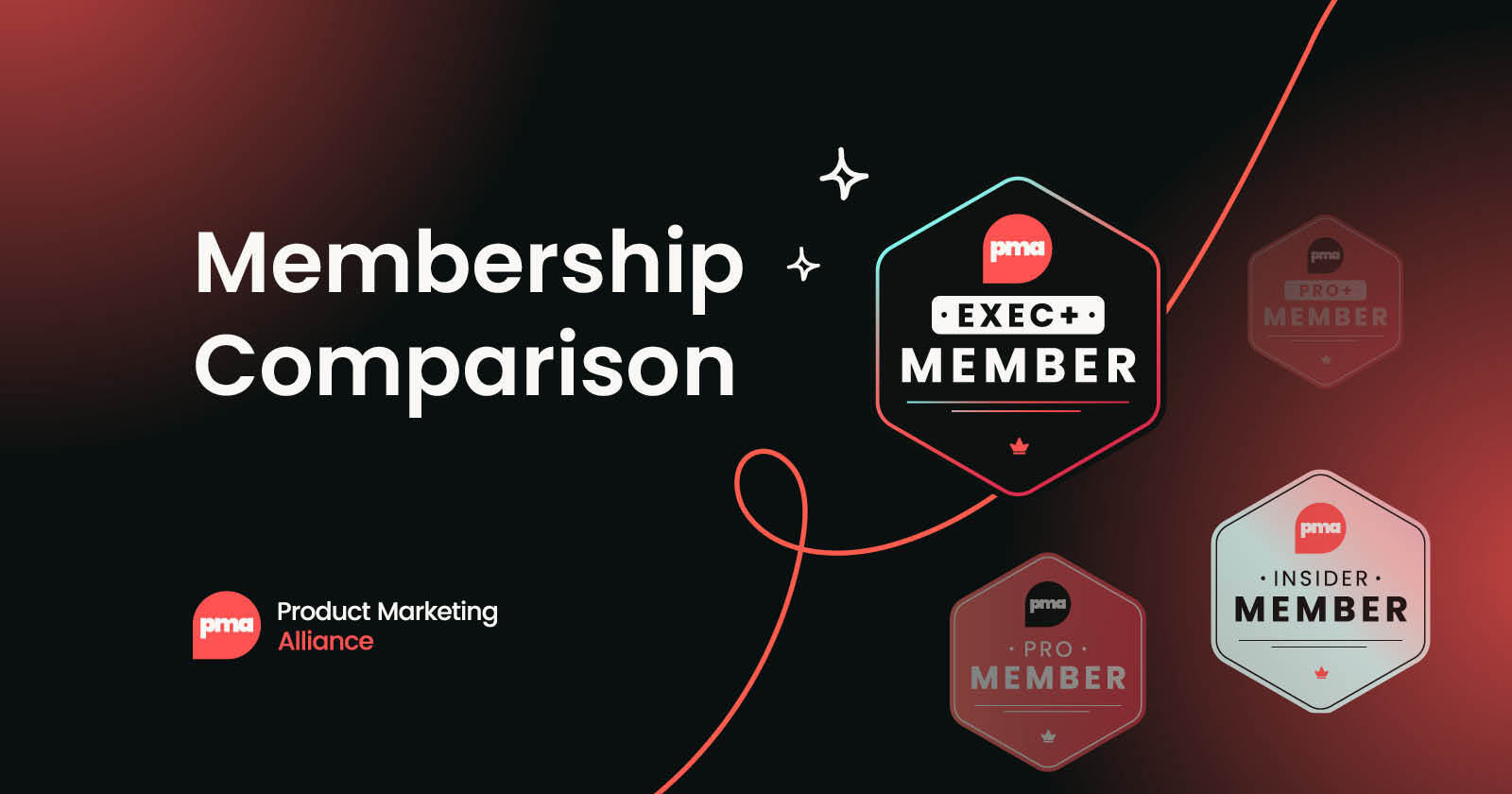
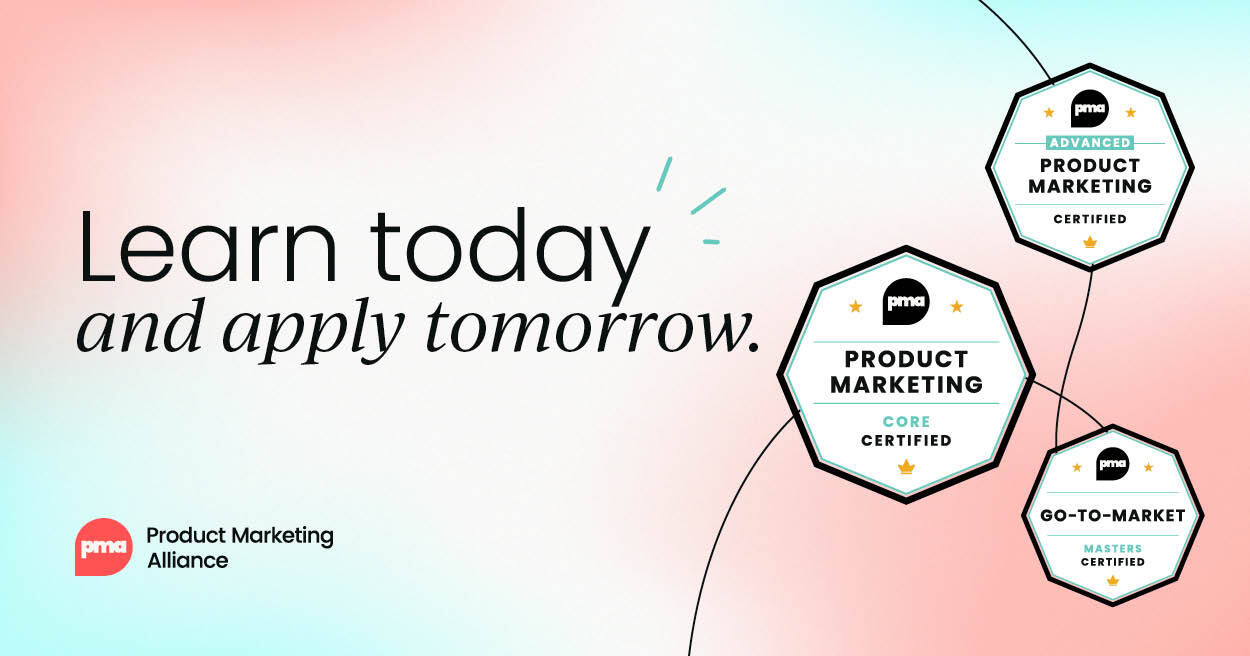
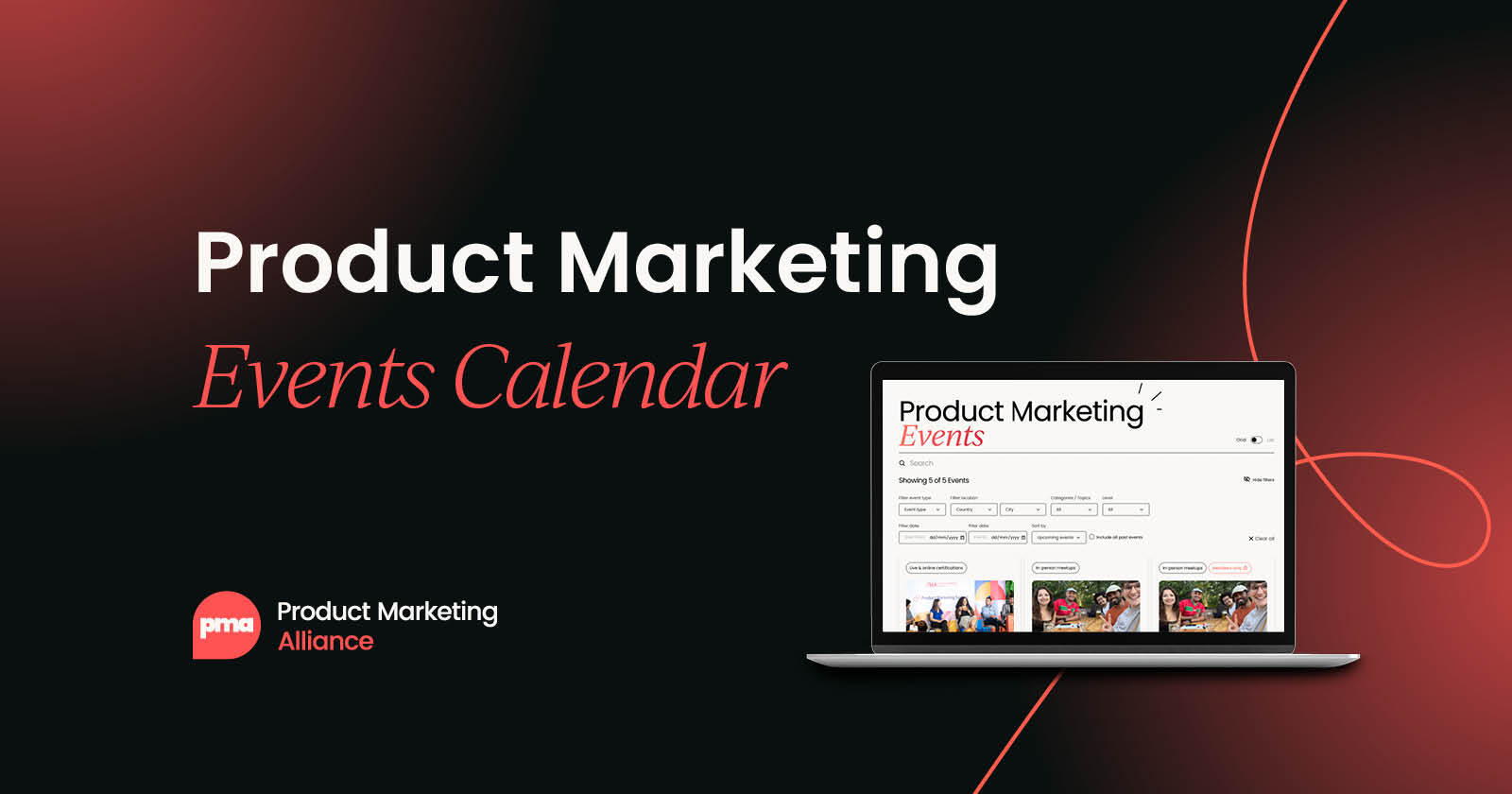


 Follow us on LinkedIn
Follow us on LinkedIn

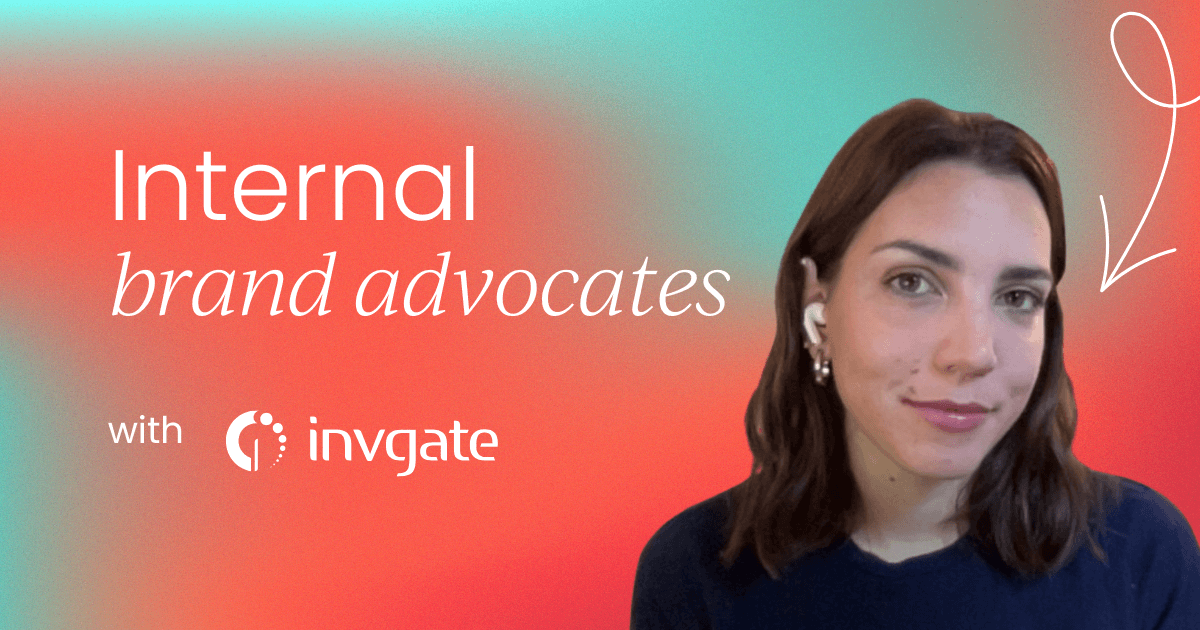


.svg)
Start the conversation
Become a member of Product Marketing Alliance to start commenting.
Sign up now